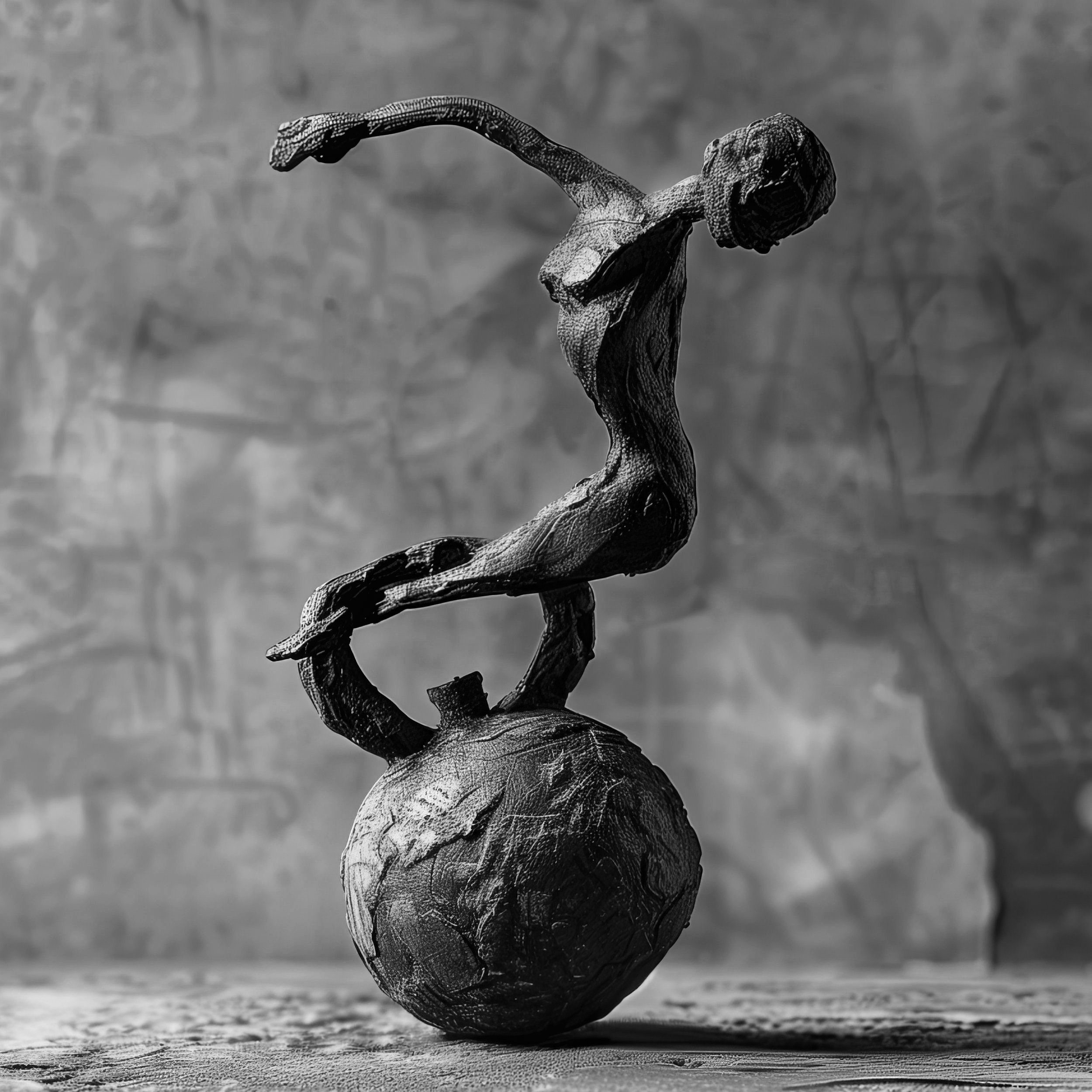The David Boles Bells Blog.
Ring Them Boles Bells!
“Ring them bells
from the sanctuaries
’Cross the valleys
and streams”
Pressing Kettlebells Over the Age of 50!

The Iron Ballast: Kettlebells, National Identity, and the Russian Mythos of Strength
The trajectory of Russia over the past century is a story deeply etched with societal upheavals, ideological fervor, and an unyielding quest for national assertion on the global stage. Knotted into this complex tapestry is the seemingly modest history of the kettlebell, or girya. This unassuming iron weight, transitioning from a simple agricultural tool to a hard symbol of Russian physical culture, has played a unique role in defining national character and buttressing the enduring myth of a "bigger, better, stronger" Russia. Its story is inextricably linked to the nation's historical currents, reflecting and reinforcing ideals of resilience, collective strength, and a readiness to project power, both domestically and in its "universal world intrusions." Understanding this interplay between history and health, between the cultivation of the individual physique and the forging of national destiny, offers a nuanced lens through which to view Russia's enduring self-perception and its complex relationship with the world.

Hidden Power of Kettlebell Workouts: Surprising Benefits Even the Experts Miss
Let’s get honest: most of us spend our days hunched over keyboards, barely moving our spines. Traditional workouts like jogging or using machines might make you sweat, but they usually have you moving only forward or backward in straight lines. Kettlebells are different. Moves like swings and Turkish get-ups wake up your spine, improve how you twist and bend, and build the kind of core stability that actually helps with real-life movements. If you want a back that resists pain and keeps you agile as you age, kettlebell training is the secret weapon you’ve been missing.

Global Kettlebell: From Russian Farmyards to Worldwide Phenomenon
Kettlebells – those cast-iron or steel cannonballs with handles – have transcended their humble origins to become a global fitness icon. Once a niche tool of Russian strongmen and farmers, they are now a staple in gyms, military training, and competitive sports around the world. This essay delves into the rich history of the kettlebell, examining its origins in Russia, its role as a cultural touchstone there, and how it expanded beyond its initial purpose and borders. We will trace the kettlebell’s development from early use in farming communities and strength contests to adoption by the Russian military and its evolution into an organized sport. Furthermore, we will explore how kettlebells spread internationally, their role in modern fitness culture, and the diverse ways they’ve been reinterpreted across regions and subcultures. Along the way, we will consider the philosophical significance of kettlebell training – its ties to discipline, resilience, and evolving notions of strength, masculinity, and fitness ideals.

Future of Kettlebell Training: 25-Year Roadmap
The kettlebell, once seen as a specialized tool for strength and functional training, is set to transform healthy workouts over the next 25 years. Thanks to new scientific insights, improvements in materials, and smart technology integration, kettlebells will soon be a staple in home gyms, rehabilitation clinics, and digital fitness programs. Here’s a friendly, conversational look at what to expect in the coming decades.

Surprising Benefits of Kettlebell Exercise: New Insights from the Latest Science
Hey good friend, Kettlebells, those cannonball-shaped weights with a handle, have been a staple in the fitness world for centuries. Originally used by Russian strongmen, they have recently surged in popularity due to their versatility and effectiveness.

